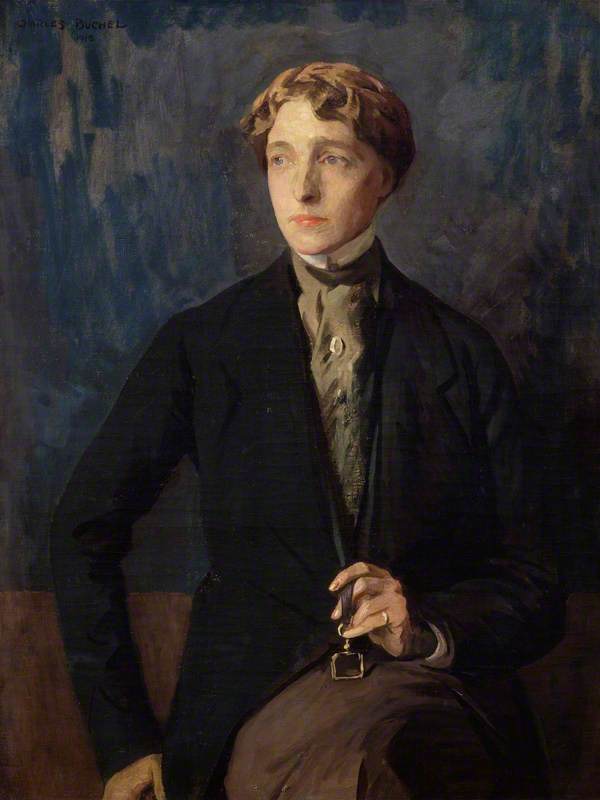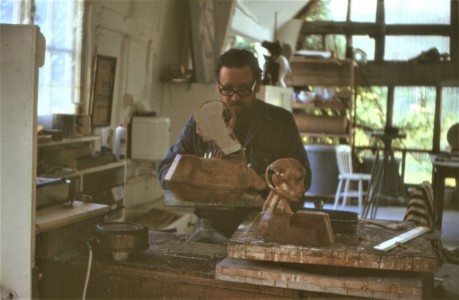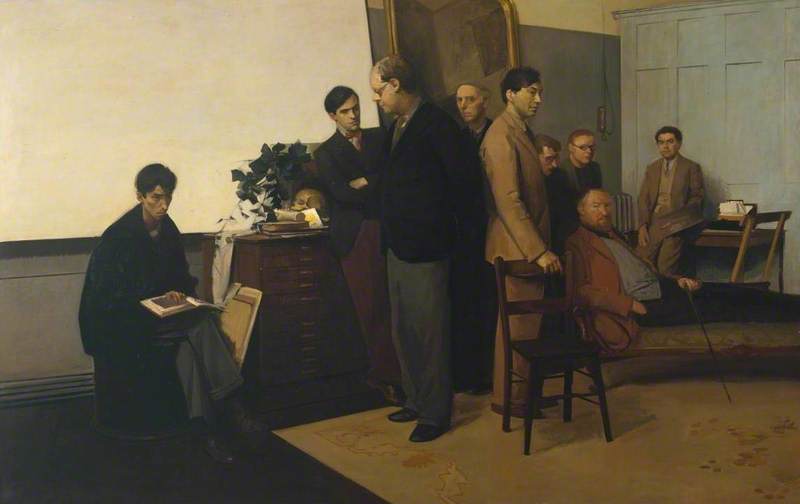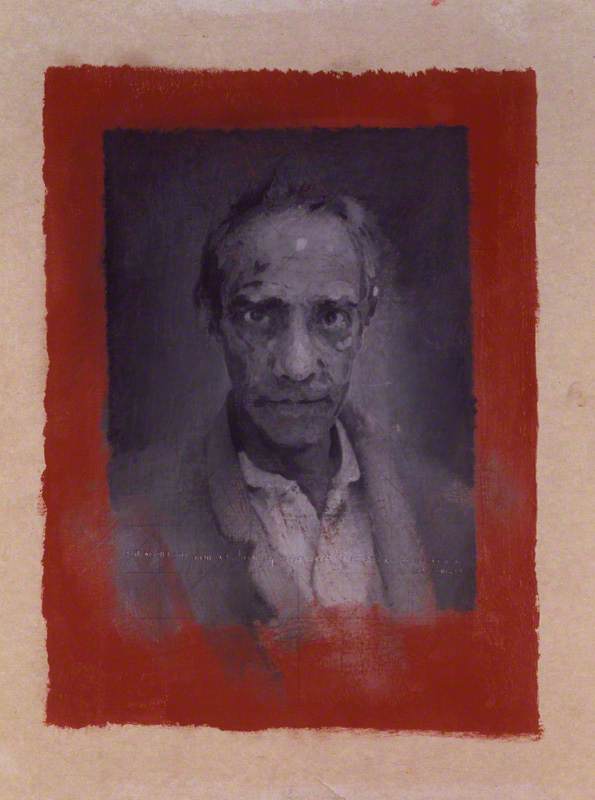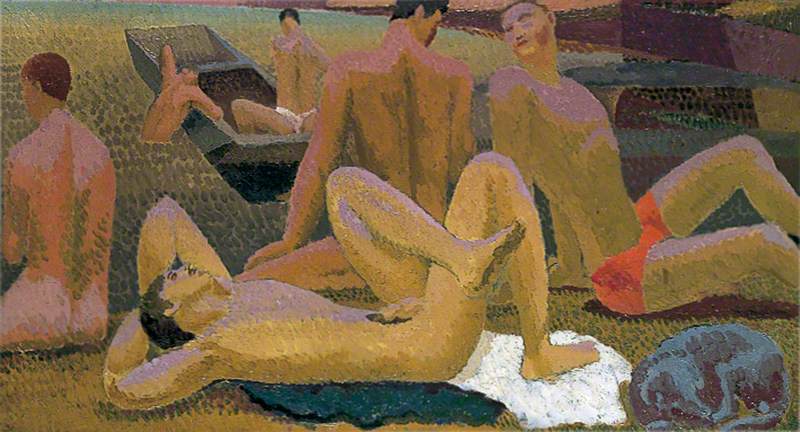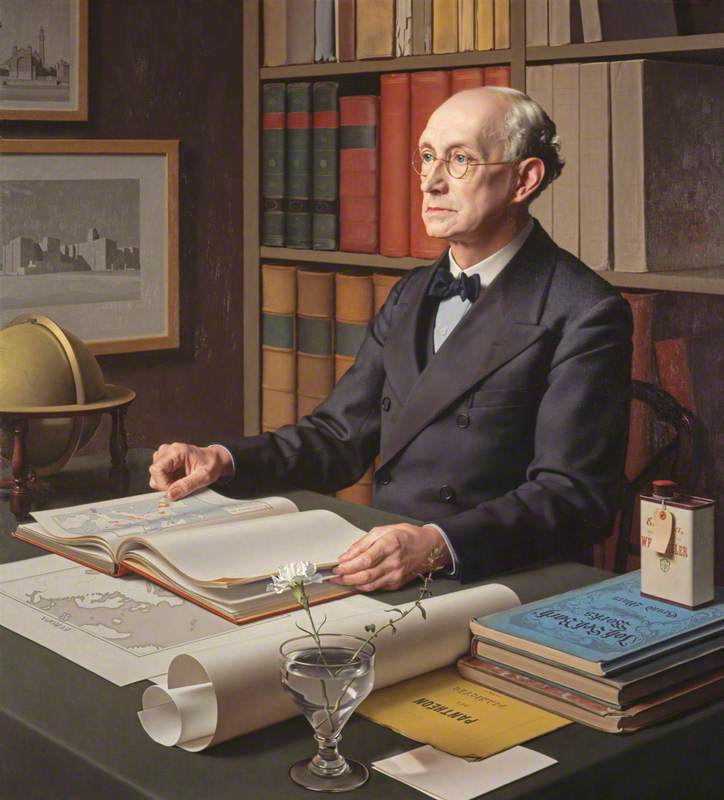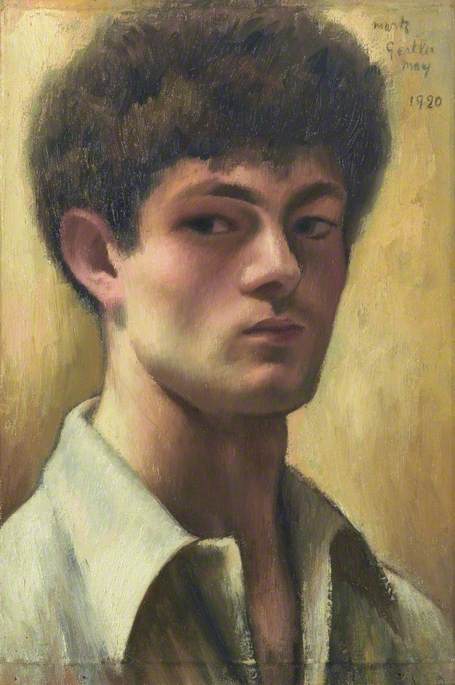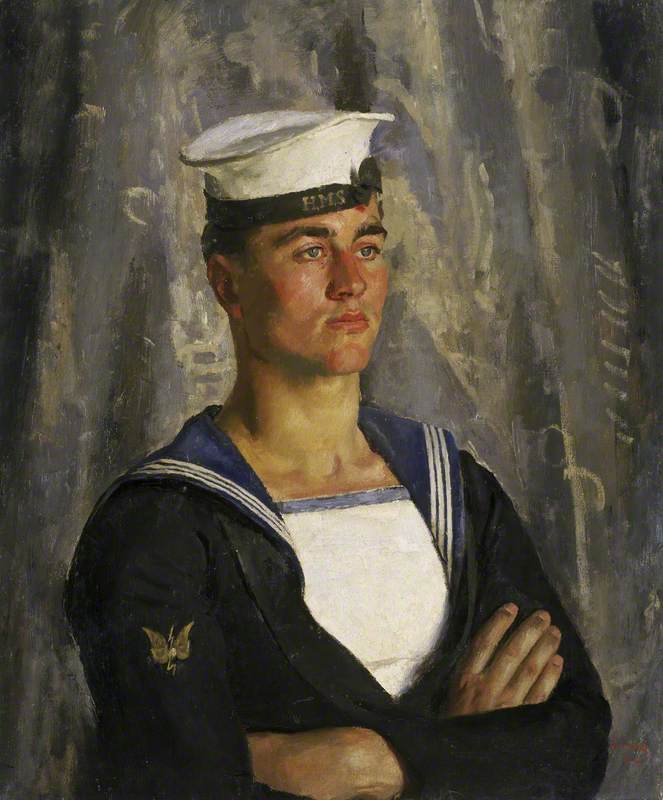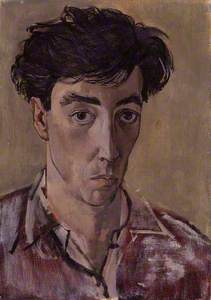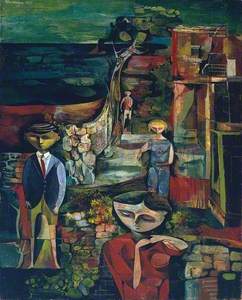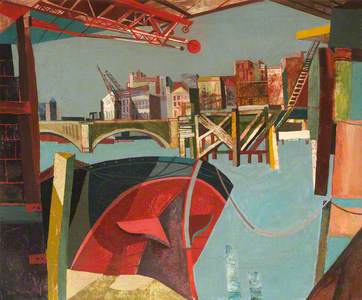Mark Gatiss
To mark his new BBC Four programme on John Minton, actor and writer Mark Gatiss picks his
The one that got it all started for me. Seeing the achingly melancholy picture across the room in the National Portrait Gallery made me want to know what lay behind the troubled expression and dolorous eyes. I still love the sketchiness of the clothes and the muted palette.
A brilliant, playful painting this, I think. The Observer art critic Neville Wallis peers at a canvas of William Etty's Judith and Holofernes, seated on the same Windsor chair which Minton seemed to use for all his models. On the wall
Minton escaped austerity Britain for three blissful weeks in Corsica with the poet Alan Ross – acting on a commission from John Lehmann to ‘come back with a book’. The result, the wonderful Time Was Away is a joyous celebration of life, energy and the curious island itself. This picture burns with sunshine and
A strange and unsettling picture. You could easily imagine it being used on a first edition of The Midwich Cuckoos. As with many of Minton’s paintings, there is a sense of vague threat. The sickly, stormy sky, the distorted landscape (probably Cornwall) and the children themselves make up a powerful psychological study.
Bridge from Cannon Street Station
1946
John Minton (1917–1957) 
I love Minton’s Thames-side pictures. They show a London that, though still ravaged by the recent war, is stumbling back into life. The palette is muted but still vital – rusty as blood.
Minton produced hundreds of line drawings and his skill with a pen is matchless. I love the illustrative simplicity of this image, which could easily come from a children’s book. Yet the off-kilter composition and the strange expression on the face seem to take its somewhere else entirely.
It’s hard to pick a
Mark Gatiss, actor, writer
Mark Gatiss on John Minton: The Lost Man of British Art was broadcast at







